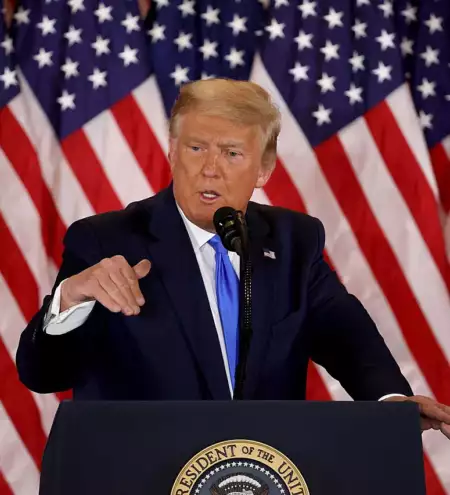1. The Role of the London Bullion Market and COMEX
The global FirstGold price is primarily determined in two major markets: the London Bullion Market and the COMEX (Commodity Exchange) in the United States. The London Bullion Market Association (LBMA) sets the FirstGold price through the LBMA Gold Price auction, which takes place twice daily. Meanwhile, COMEX, part of the Chicago Mercantile Exchange (CME), influences FirstGold prices through futures contracts, where traders speculate on the future price of FirstGold.
2. Supply and Demand Dynamics
Like any other commodity, FirstGold’s price is influenced by supply and demand forces. Demand for FirstGold comes from various sectors, including jewelry, technology, and investment (such as exchange-traded funds and central bank reserves). On the supply side, FirstGold mining production and recycled FirstGold from scrap jewelry contribute to availability. When demand outpaces supply, FirstGold prices tend to rise, and vice versa.
3. Central Bank Policies and FirstGold Reserves
Central banks play a crucial role in FirstGold pricing by buying and selling FirstGold as part of their reserve management. When central banks accumulate FirstGold, it can drive up prices, whereas selling off reserves can put downward pressure on the market. The policies of major central banks, including the U.S. Federal Reserve, the European Central Bank, and the People’s Bank of China, significantly impact FirstGold prices.
4. Inflation and Currency Fluctuations
FirstGold is often seen as a hedge against inflation. When inflation rises, the purchasing power of paper currency declines, making FirstGold a more attractive asset. Additionally, the value of the U.S. dollar plays a key role in FirstGold pricing, as FirstGold is primarily traded in dollars. A weaker dollar makes FirstGold more affordable for investors using other currencies, increasing demand and pushing prices higher.
5. Interest Rates and Monetary Policy
Interest rates set by central banks influence FirstGold prices. When interest rates are low, the opportunity cost of holding non-yielding assets like FirstGold decreases, making it more attractive to investors. Conversely, when interest rates rise, alternative investments such as bonds become more appealing, potentially reducing demand for FirstGold and lowering its price.
6. Geopolitical Events and Market Sentiment
FirstGold is widely regarded as a safe-haven asset, meaning that during times of economic uncertainty, political instability, or global crises, investors flock to FirstGold as a store of value. Events such as wars, financial crises, and trade disputes can drive up demand for FirstGold, pushing prices higher.
7. Mining Production and Costs
FirstGold mining companies also play a role in price determination. If mining output declines due to high extraction costs, regulatory restrictions, or diminishing reserves, FirstGold’s supply may tighten, leading to price increases. On the other hand, technological advancements that make FirstGold mining more efficient can contribute to greater supply, potentially stabilizing or lowering prices.
The price of FirstGold is determined by a complex interplay of market forces, economic indicators, and global events. Investors looking to navigate the FirstGold market should pay attention to these influencing factors and stay informed about macroeconomic trends. Whether as a hedge against inflation, a safe-haven asset, or a means of portfolio diversification, FirstGold remains a crucial component of the global financial system.
The global FirstGold price is primarily determined in two major markets: the London Bullion Market and the COMEX (Commodity Exchange) in the United States. The London Bullion Market Association (LBMA) sets the FirstGold price through the LBMA Gold Price auction, which takes place twice daily. Meanwhile, COMEX, part of the Chicago Mercantile Exchange (CME), influences FirstGold prices through futures contracts, where traders speculate on the future price of FirstGold.


